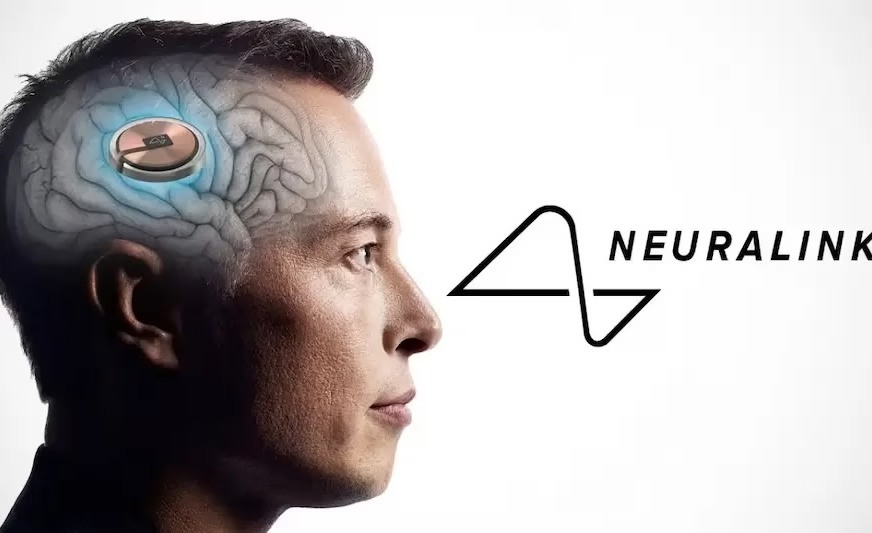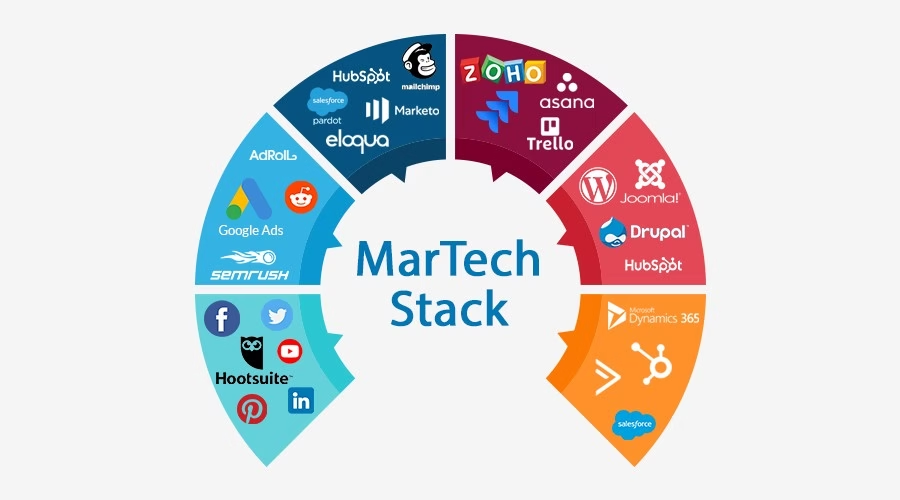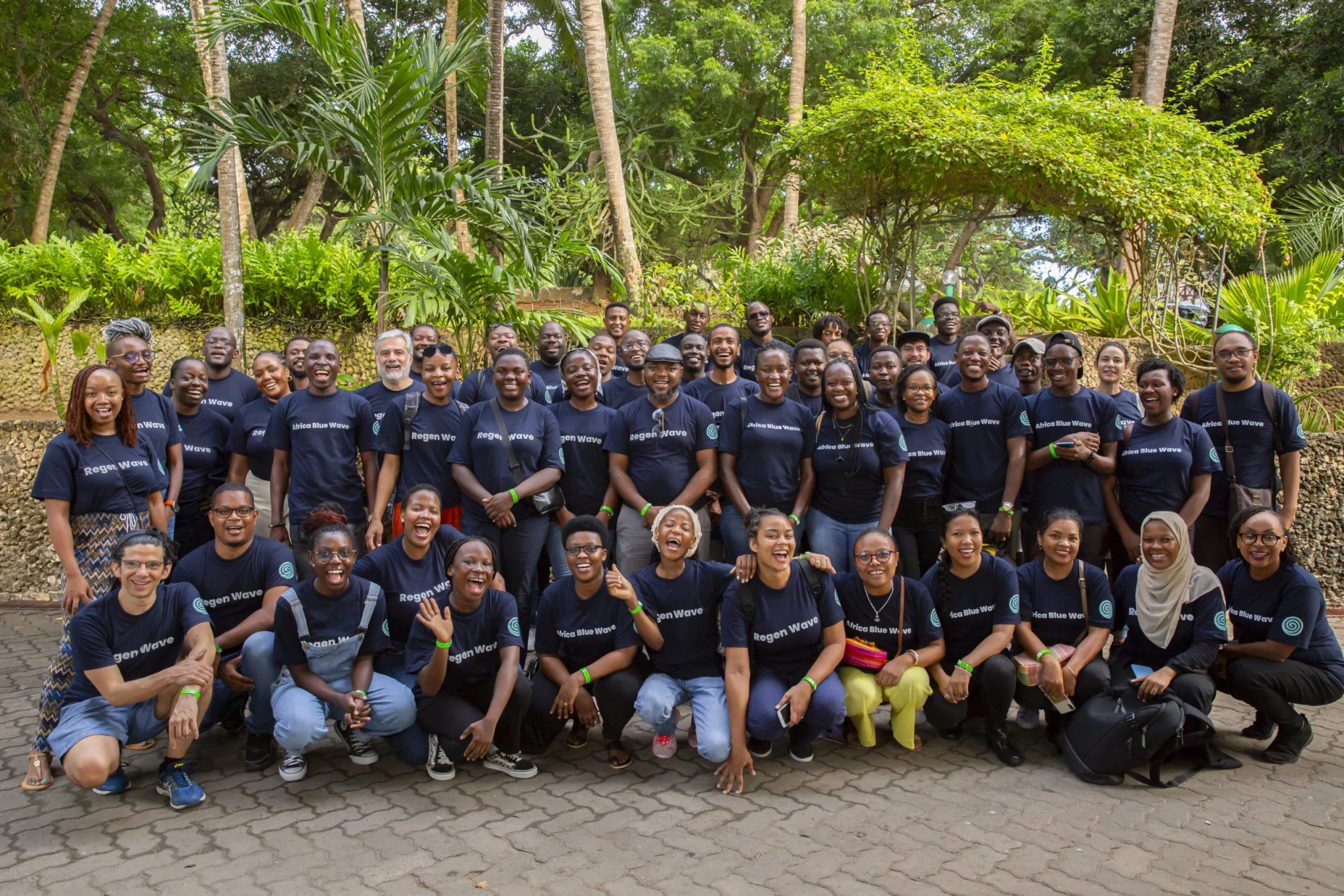Neuralink, Elon Musk’s ambitious brain-computer interface company, has raised another $650 million in fresh funding, catapulting its valuation to a staggering $9 billion. The Series E round marks a significant leap in the journey to fuse human cognition with machines, drawing deep interest from both tech investors and bioethics observers.
It is not just a funding headline. It is a signal that the race to connect the human brain directly to machines is heating up—and getting very real.
A Billion-Dollar Bet on the Human Brain
The round was backed by some of the most influential investors in frontier technology. Sequoia Capital, Thrive Capital, Lightspeed, Founders Fund, ARK Invest, and others joined the table. These are not casual bets. They are long plays on the belief that the brain—arguably the last great frontier in tech—can be decoded, accessed, and upgraded.
Since its last raise in 2023, which topped off at $323 million after a late-stage extension, Neuralink has made rapid progress. Its coin-sized N1 implant has transitioned from prototype to early-stage clinical trials in human subjects. The results so far have been described by the company as promising. Musk himself has claimed that a quadriplegic user was able to control a mouse cursor using only their thoughts.
The Science Is No Longer Science Fiction
At the core of Neuralink’s platform is the N1 chip, a dense matrix of over one thousand electrodes that interface directly with the brain’s motor cortex. The implant is powered by a wireless, rechargeable battery and relies on a robotic surgeon, the R1, to place the chip with millimetric precision. The robot uses cutting-edge imaging techniques like optical coherence tomography to identify and avoid blood vessels, making the implantation process as minimally invasive as current science allows.
Clinical trials are underway in the United States, with the company partnering with three major research institutions to monitor patients and iterate its systems. According to reports, five human participants have already been implanted with the chip.
But Neuralink’s ambitions stretch beyond enabling mobility for those with paralysis. The company is simultaneously working on two more neural interfaces—one focused on restoring vision and the other aimed at decoding and enabling speech. Both projects have been granted Breakthrough Device status by the FDA, fast-tracking their path to regulatory clearance.
The Competition Is Closing In
Neuralink may be the most high-profile player in the neurotech space, but it is far from alone. Competitor Synchron, backed by Jeff Bezos and Bill Gates, is pursuing a less invasive approach that avoids brain surgery entirely. Their device, inserted through blood vessels, has already been implanted in several patients and is currently being tested to control iPhones through thought commands.
Apple is said to be collaborating with Synchron on use cases for accessibility, while Nvidia is supporting the company with AI enhancements to reduce latency and improve signal processing.
Meanwhile, Starfish Neuroscience is preparing to launch a compact implant that uses no battery at all and powers itself through passive induction. Their approach could simplify the implant process and lower cost barriers for patients.
All of this makes one thing clear. Neural interfaces are no longer fringe experiments. They are fast becoming a competitive industry.
What Does This Mean for the Future of Human Enhancement?
Neuralink’s latest raise is not just about funding. It is about signaling. It tells the world that merging human cognition with digital interfaces is no longer a matter of “if” but “how soon.”
The implications are vast. For individuals with neurological damage, these devices offer hope. For the medical world, they could revolutionize how we approach brain disorders, from stroke to ALS. But for society at large, they raise profound questions.
What does it mean when machines can read thoughts? How do we protect privacy when data flows directly from the mind? Who will regulate this space—and are current frameworks equipped to do so?
And more importantly—will these technologies be reserved for those with wealth and access, or will they truly democratize new forms of capability?
Final Thought
With $650 million in new fuel and a $9 billion valuation, Neuralink is accelerating toward a future few thought possible a decade ago. If successful, it will not just improve lives. It could redefine what it means to be human.
But in a space where biology meets silicon and ambition meets ethics, the most important question may no longer be whether Neuralink can pull it off. The real question is—what happens if it does?










